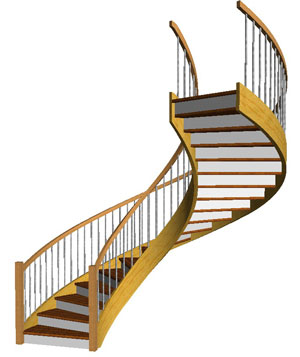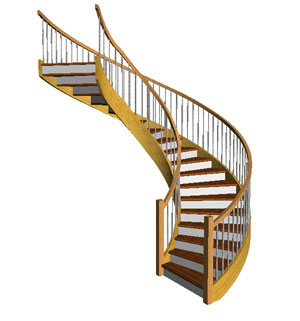Part of our ‘Staircase Basics’ Guide
Previous Page | Next Page | Contents
First of all when you start, you might find the software intimidating and not easy to understand; this is perfectly normal.

If you are a professional, I’m sure that your methods of work and your stair terminology don’t exactly mirror the way things are organised and written out in StairDesigner. If you’re not a professional some of the concepts and terms may be entirely new to you.
The temptation is to simply give up and conclude that the software isn’t going to help, that it’s faster and easier using your old methods.
Please don’t!
It would be a pity because with a little effort you’ll soon be rewarded with some huge benefits that this software can bring you. What’s almost certain is that if you throw yourself into a specific design without any previous knowledge, you are likely to find it difficult to get the results you hoped for, get frustrated and maybe give up.
This is one of the problems with a free demo version of software. It’s free so you have less commitment to learn. Giving up is that much easier.

So what’s the easiest way to get started?
Well, if you haven’t already, please click here to download StairDesigner.
Also download the Quick Design libraries and start playing around with some of the example stairs from the Model Library.
You’ll very quickly get the feel of using StairDesigner and you might find that remodelling a free template is all you need to know to build your stairs.
To see how these stair models look, open up one or two in StairDesigner.
You can use the 3D button to see the model. Open all the parameter tool boxes to see how they have been set up. These models are prepared with specific design details that you can experiment with to get the hang of using StairDesigner.
You can also use the files directly to build your stairs.
If you need further advice, please post on our forum to talk to a member of our technical team. Thanks!
